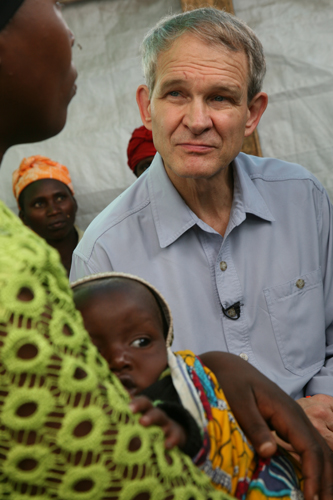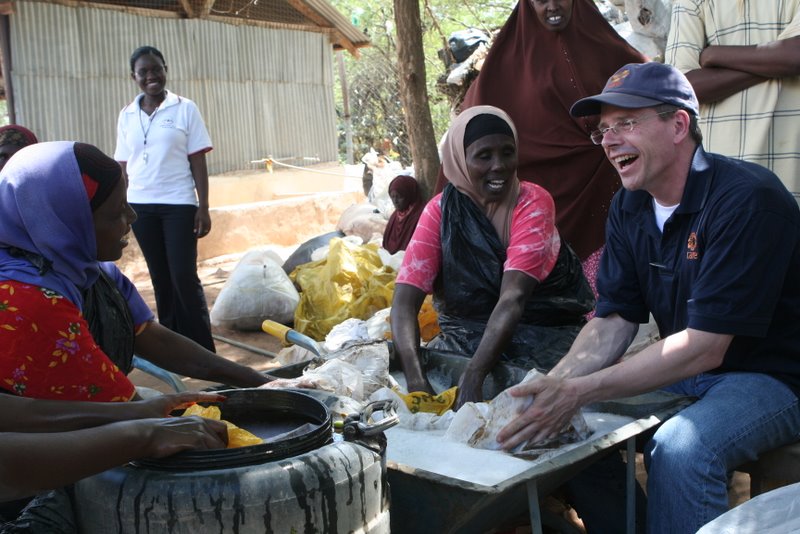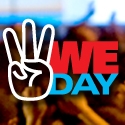 We here at Engine are really excited about a new opportunity we’ve had recently to help out a fantastic organization and cause. We’re going to be assisting our friends at Free the Children to spread the word, and raise awareness about the best day of the year: We Day! Take a look at the info below. If you know anyone who might want to volunteer their time, or any teens who might want to participate, please contact me, and I’ll put you in touch with the people who can help.
We here at Engine are really excited about a new opportunity we’ve had recently to help out a fantastic organization and cause. We’re going to be assisting our friends at Free the Children to spread the word, and raise awareness about the best day of the year: We Day! Take a look at the info below. If you know anyone who might want to volunteer their time, or any teens who might want to participate, please contact me, and I’ll put you in touch with the people who can help.
I’ll be traveling to Toronto to volunteer with the Media Team for We Day on October 5th, and I am so excited! Thanks to everyone at Engine Communications (especially Shaun Levy) for allowing me the time to help out with this amazing cause.
If you are a blogger and want to donate some space on your site, I have access to some gorgeous banners you could upload to promote the event to your readers. If all you can do is share this note on your Facebook profile, or retweet it on Twitter, I’d greatly appreciate it.
If you are on Twitter, please follow @realmetowe , @CraigKielburger , @robininkenya and @sarahamil.
Information From Free the Children:
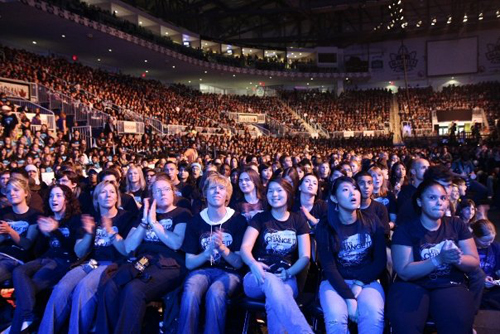
We Day, Toronto, 2008 (courtesy Free the Children)
About We Day
A Free The Children initiative, We Day is like a rock concert for social change, celebrating the power of young people to change the lives of others. It brings together some of Canada’s top social issues speakers and entertainers to the stage, in front of a roaring audience of 16,000 student leaders who want to change the world. Hundreds of thousands more tune in online to watch it live.
Our first two We Days in 2007 and 2008 have already created a movement of youth taking action. We Day 2009 promises to be bigger, better and packed with even more inspiration than ever before, enabling thousands of young people to take action on social issues in their communities and abroad.
– Over 15,000 students from more than 1,000 school groups and 40 different school boards have attended the We Day event;
– Young people in the audience brought the messages back to their school, directly impacting more than 832,000 students.
Performers
**Still more to be announced!!
– Hedley – multi-platinum recording artists
– Elie Wiesel – Nobel Laureate, Humanitarian
– Jessi Cruickshank – MTV host
– Ben Mulroney and Tanya Kim – eTalk
– Jeff Skoll – Founder of eBay & Chairman of Participant Media
– Dr. Jeffrey Sachs – Professor, Director of The Earth Institute, Economist and Author
– Robert Kennedy Jr. – Author & Environmentalist
– Michael “Pinball” Clemons – community activist and CEO, Toronto Argonauts
– Louise Kent – activist and musician
– Robin Wiszowaty – activist and author
– Craig Kielburger – Founder, Free The Children
– Marc Kielburger – Co-Founder, Free The Children
* We Day is a Free The Children initiative. The event is made possible at no cost to students and schools through the sponsorship and support of numerous companies and organizations. National Bank Financial is the title sponsor of the event.
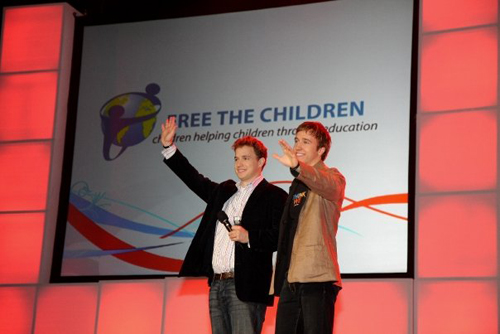
Marc & Craig Kielburger, Founders of Free the Children (courtesy Free the Children)
About Free the Children
Free The Children is the world’s largest network of children helping children through education, with more than one million youth involved in innovative education and development programs in 45 countries. Founded in 1995 by international child rights activist Craig Kielburger, Free The Children has a proven track record of success. Through the energy and passion of youth, Free The Children has built more than 500 schools around the world and it provides education for 50,000 children everyday. The organization has received the World’s Children’s Prize for the Rights of the Child (also known as the Children’s Nobel Prize), the Human Rights Award from the World Association of Non-Governmental Organizations, and has formed successful partnerships with leading school boards and Oprah’s Angel Network. For more information please visit www.freethechildren.com and become a fan on Facebook.


 Keeping close with our discussion last week about the uses of social media (SM) for non-profits, I feel there’s been enough interest that it might be useful to explore this topic further. I’ve had a lot of questions about the point of it all, and if there’s really any value in SM marketing our respective causes. My answer is a careful, “Yes.”
Keeping close with our discussion last week about the uses of social media (SM) for non-profits, I feel there’s been enough interest that it might be useful to explore this topic further. I’ve had a lot of questions about the point of it all, and if there’s really any value in SM marketing our respective causes. My answer is a careful, “Yes.” Yesterday I put together a small challenge telling people that if
Yesterday I put together a small challenge telling people that if 